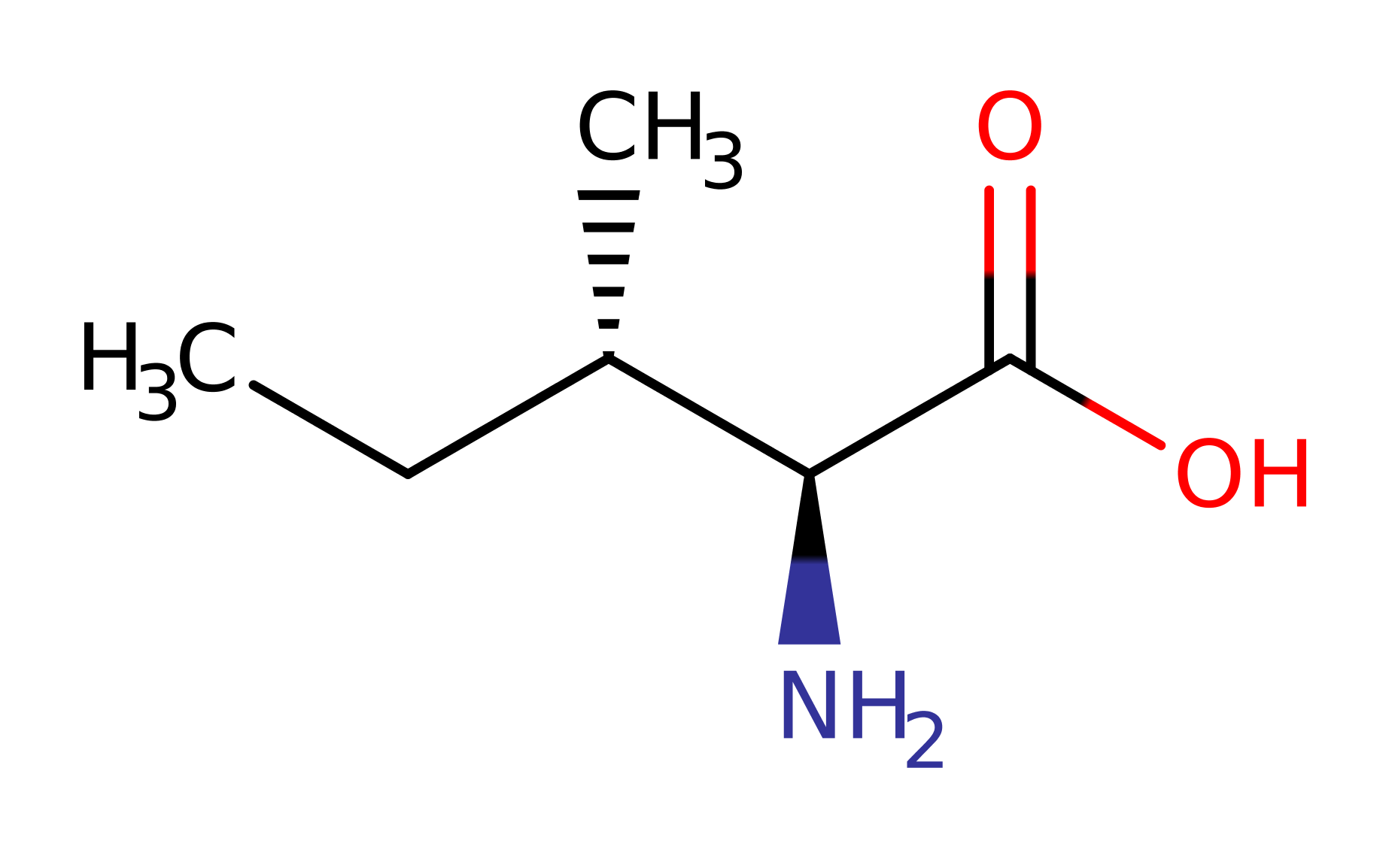Gelatinase A
Matrix metalloprotease 2 (MMP 2), sourced from Homo sapiens cleaves gelatin type I and collagen types IV, V, VII and X. It specifically cleaves the collagen-like sequence Pro-Gln-Gly-|-Ile-Ala-Gly-Gln. MMP 2 belongs to a family of matrix metalloproteases (MMPs), zinc and calcium dependent enzymes responsible for the metabolism of extracellular matrix proteins. This includes normal tissue-remodelling processes such as wound healing, pregnancy and angiogenesis. Under physiological conditions, in addition to the regulated proteolysis of precursors to active form, the enzymes are also controlled by endogenous inhibitors (TIMPs).
Reference Protein and Structure
- Sequence
-
P08253
 (3.4.24.24)
(3.4.24.24)
 (Sequence Homologues)
(PDB Homologues)
(Sequence Homologues)
(PDB Homologues)
- Biological species
-
Homo sapiens (Human)

- PDB
-
1qib
- CRYSTAL STRUCTURE OF GELATINASE A CATALYTIC DOMAIN
(2.8 Å)



- Catalytic CATH Domains
-
3.40.390.10
 (see all for 1qib)
(see all for 1qib)
- Cofactors
- Zinc(2+) (1)
Enzyme Reaction (EC:3.4.24.24)
Enzyme Mechanism
Introduction
The water molecule coordinated to the zinc in the reactant centre becomes polarised between the glutamate base and the zinc Lewis acid in the Glu-H2O-Zn bridge. When the substrate binds, the polarised water molecule performs nucleophilic attack on the peptide carbon. The glutamate abstracts the proton from the water, shuttling it towards the nitrogen atom of the scissile amide. The tetrahedral intermediate formed is bidentately coordinated to the zinc atom, which stabilises it. It may also be stabilised electrostatically by an additional water molecule. The tetrahedral intermediate collapses, releasing the amine product. The carboxylate product is then released and water molecule uptake occurs.
Catalytic Residues Roles
| UniProt | PDB* (1qib) | ||
| His413, His403, His407 | His211(125)A, His201(115)A, His205(119)A | Forms part of the catalytic zinc binding site. | metal ligand |
| Glu404 | Glu202(116)A | Glu 202 (UniProt number 404) acts as a general base, deprotonating the water molecule that attacks the peptide carbon. The protonated Glu 202 acts as a general acid, protonating the nitrogen atom of the scissile amide. | proton shuttle (general acid/base) |
Chemical Components
References
- Pelmenschikov V et al. (2002), Inorg Chem, 41, 5659-5666. Catalytic Mechanism of Matrix Metalloproteinases: Two-Layered ONIOM Study. DOI:10.1021/ic0255656. PMID:12401069.
- Nash A et al. (2017), J Biomol Struct Dyn, 35, 564-573. Mapping intermolecular interactions and active site conformations: from human MMP-1 crystal structure to molecular dynamics free energy calculations. DOI:10.1080/07391102.2016.1153521. PMID:26886688.
- Vasilevskaya T et al. (2016), J Comput Chem, 37, 1801-1809. Methodological aspects of QM/MM calculations: A case study on matrix metalloproteinase-2. DOI:10.1002/jcc.24395. PMID:27140531.
- Vasilevskaya T et al. (2015), J Comput Chem, 36, 1621-1630. Mechanism of proteolysis in matrix metalloproteinase-2 revealed by QM/MM modeling. DOI:10.1002/jcc.23977. PMID:26132652.
- Hashimoto H et al. (2011), J Biol Chem, 286, 33236-33243. Structural basis for matrix metalloproteinase-2 (MMP-2)-selective inhibitory action of β-amyloid precursor protein-derived inhibitor. DOI:10.1074/jbc.M111.264176. PMID:21813640.
- Borkakoti N (1998), Prog Biophys Mol Biol, 70, 73-94. Matrix metalloproteases: variations on a theme. DOI:10.1016/s0079-6107(98)00003-0. PMID:9785958.
Catalytic Residues Roles
| Residue | Roles |
|---|---|
| Glu202(116)A | proton shuttle (general acid/base) |
| His205(119)A | metal ligand |
| His201(115)A | metal ligand |
| His211(125)A | metal ligand |




